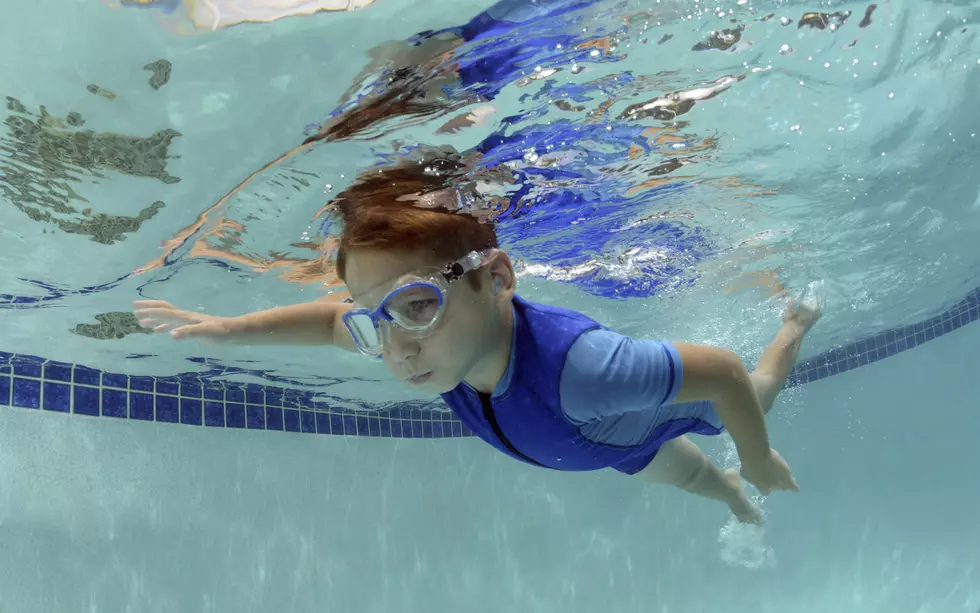![Parents Overconfident When it Comes to Swimming Safety, Poll Shows [AUDIO]](http://townsquare.media/site/393/files/2013/05/Pool.jpg?w=980&q=75)
Parents Overconfident When it Comes to Swimming Safety, Poll Shows [AUDIO]
Despite the fact that many people don't know what to do in the event of a water emergency, nearly two-thirds of families with small children plan to swim in areas without lifeguards this summer.
That's according to a new poll by the American Red Cross.
According to the poll, 63 percent of families with children said they plan to swim in an area without a lifeguard this summer and nearly half of those polled had never taken swimming lessons. Two-thirds, or 67 percent, believe that putting inflatable arm bands, or "water wings," on children or swimming with a buddy is enough to keep them safe when an adult is not nearby.
Children or inexperienced swimmers should always wear U.S Coast Guard-approved life jackets while remaining under constant adult supervision.
"The results are astonishing. Eleven percent said that it was ok for an adult to read or talk on the phone while watching children while swimming and 93 percent of these people had no idea what to do if someone was in need of help in the water," said Kathleen Pearson, American Red Cross Health and Safety Manager. "Last year, drownings were on a high. This year, it's very important to educate people on what to do in the event of an emergency."
So, what do you do? First of all, it's important to recognize when someone is in trouble in the water.
"A lot of people think that if someone is drowning and needs help that they will just call for help and throw their arms up. That is just not going to happen. Someone who really needs help in the water is barely treading water and doing everything they possibly can to keep their head above water," said Pearson.
The following are signs that a swimmer could be in trouble:
- Treading water and waving an arm
- Doggie paddling with no forward progress
- Hanging onto a safety line
- Floating on their back and waving their arms
- Arms extended side or front, pressing down for support, but making no forward progress
- Positioned vertically in the water, but not kicking legs
- Underwater for more than 30 seconds
- Floating at surface, face-down, for more than 30 seconds
If you notice an emergency, yell for help and get someone's attention immediately.
"If something needs to be done right away before help arrives, reach something out to the person who needs help or get some kind of floatation device out to them. Ask the person to grab on and then call 911 once that person has grabbed onto it," said Pearson. "The Red Cross encourages all families to enroll in age-appropriate water orientation and Learn-to-Swim programs."
For more information, visit the Red Cross website.
More From 94.3 The Point









